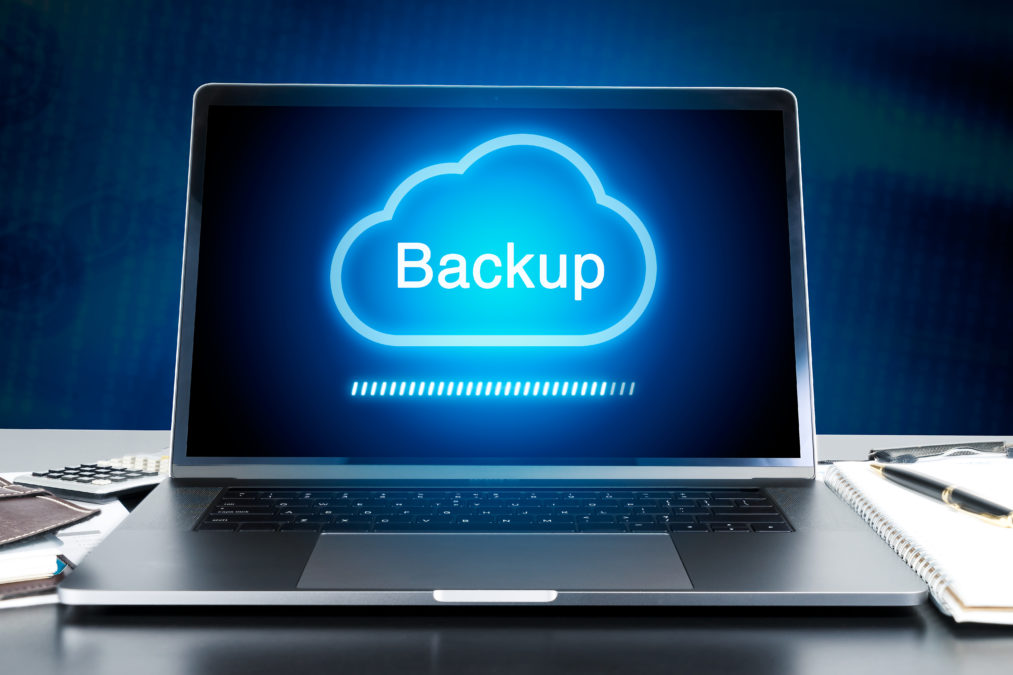It seems that backup technology is constantly in flux. We’ve gone from punch cards to tape, tape to spinning disk, and on to flash. Each new technology along the way has been hailed as a revolution in its own right. However, if anything, these new technologies have been evolutions on the idea of creating ‘golden copies’ of data for those ‘just in case’ situations where something might go wrong.
However, traditional periodic backups that only provide a snapshot in time are not compatible with modern enterprises. Digital business is an always-on operation, and now, the requirement is for recovery point objectives (RPOs) of seconds and recovery time objectives (RTOs) of minutes.
Simply put, a business needs to be able to quickly recover data from the second it went down – not from the backup made the night before. Reliance on periodic backups rather than continuous data protection may go a long way to explaining why nearly half of businesses have suffered an unrecoverable data event in the last three years.
Hybrid cloud and blockchain solutions will be the future for data backup
Why is backup now a CTO concern?
Backup becomes a CTO concern when technology solutions and services that are sold to customers are the ones affected by data loss and disruption. It is hard to overstate the many impacts that disruption and data loss can cause, however two of the most significant – certainly in the minds of the c-suite – are direct costs and reputational damage. All of this indicates that, when it comes to customer-facing IT solutions, there’s a real need for a new strategy of both backup and general IT resilience. This needs to be designed to minimise downtime, disruption and data loss to keep services online and customers happy.
To contextualise the problem, out of organisations who experienced tech-related disruption in the last two years, 42% had to hire in external consultants to help recover, and 37% could trace a direct loss in revenue to the disruption.
No CTO wants to have to explain to customers why their valuable data has been lost or their technology services are down – and even less why a third party might need to come in and fix the problem.
These disruptions have also led to two fifths of disrupted organisations reporting a loss of customers (20%) or direct damage to the company reputation (19%), bad for both a CTO and his customers.
In the era of price comparison websites and search engines, it’s never been easier for a customer to go elsewhere. In order to represent the business’s interests, and safeguard the sales team’s customer relationships, CTOs need to ensure that the IT solutions they provide for customers can perform reliably, efficiently, and without losing data due to an ineffective backup strategy.
The path to CTO success: A holistic vision for their business
Updating the strategy with investment in infrastructure
CTOs need to be building a strategy that accounts for the risk and severity of these kinds of disruptions. Such a strategy needs to go beyond just static backup, and look at how data can be protected and maintained continuously throughout its lifecycle to prevent data loss and disruption. In short, a modern backup strategy does three things:
• It makes backup a key part of the design of new services.
• It protects data up to the latest second across different systems and environments.
• It is easy to restore from in seconds when something, inevitably, does go wrong.
The starting point is to investigate backup tools that work down to the latest second before a disruption, but a full backup and resilience strategy needs to go far beyond just this.
The good news is that many CTOs are already working to solve the problem; almost all organisations (94%) plan to spend more on resilience infrastructure in the future. However, while recognition of the investment needed is a positive start, the challenge will be in making sure the investment is made in the right long-term solutions – including the right technology, processes and training to make the resilience strategy effective.
Organisations have ambitious plans to deploy more emerging technology, from a quarter planning to deploy cloud-native apps (25%), to just slightly less investigating machine learning (24%) and AI (23%). Every new initiative will be powered by data, and will need to be made resilient and backed up to run 24/7 and prevent disruptions to service delivery.
https://www.youtube.com/watch?v=eHrFF8fBKvE
The human dimension of backup strategy
On top of this, CTOs need to look beyond the IT solutions themselves and at the organisational structures around technology and service delivery. Backup is one part of a wider, co-dependent environment of technologies that enable IT resilience for services – including cloud migration, data availability, cybersecurity, disaster recovery and more. Ultimate success with backup requires collaboration and communication between all these different teams to make sure the right data is backed up from the right environments at the right frequency for different customer needs.
This means collaboration between the CIO and the CTO to make sure that both internal and external IT systems are designed in such a way as to combine these elements and deliver an overall more resilient infrastructure.
To deliver on customer expectations of reliable services, CTOs need to broaden the remit of their backup strategy to include a broad IT resilience approach that helps progress the business agenda.
In achieving this, it is no longer enough to treat backup as a vault of gold copies, occasionally opened should something go wrong. Instead, a modern backup strategy sees backup as a key part of the data infrastructure of new services, kept up to date to the latest second across all sorts of systems and environments, and easy to restore from in seconds when something, inevitably, does go wrong. Only then can organisations win customer trust in reliable service delivery, without the scourge of tech-related disruptions that are an unfortunate reality for many in modern business.








